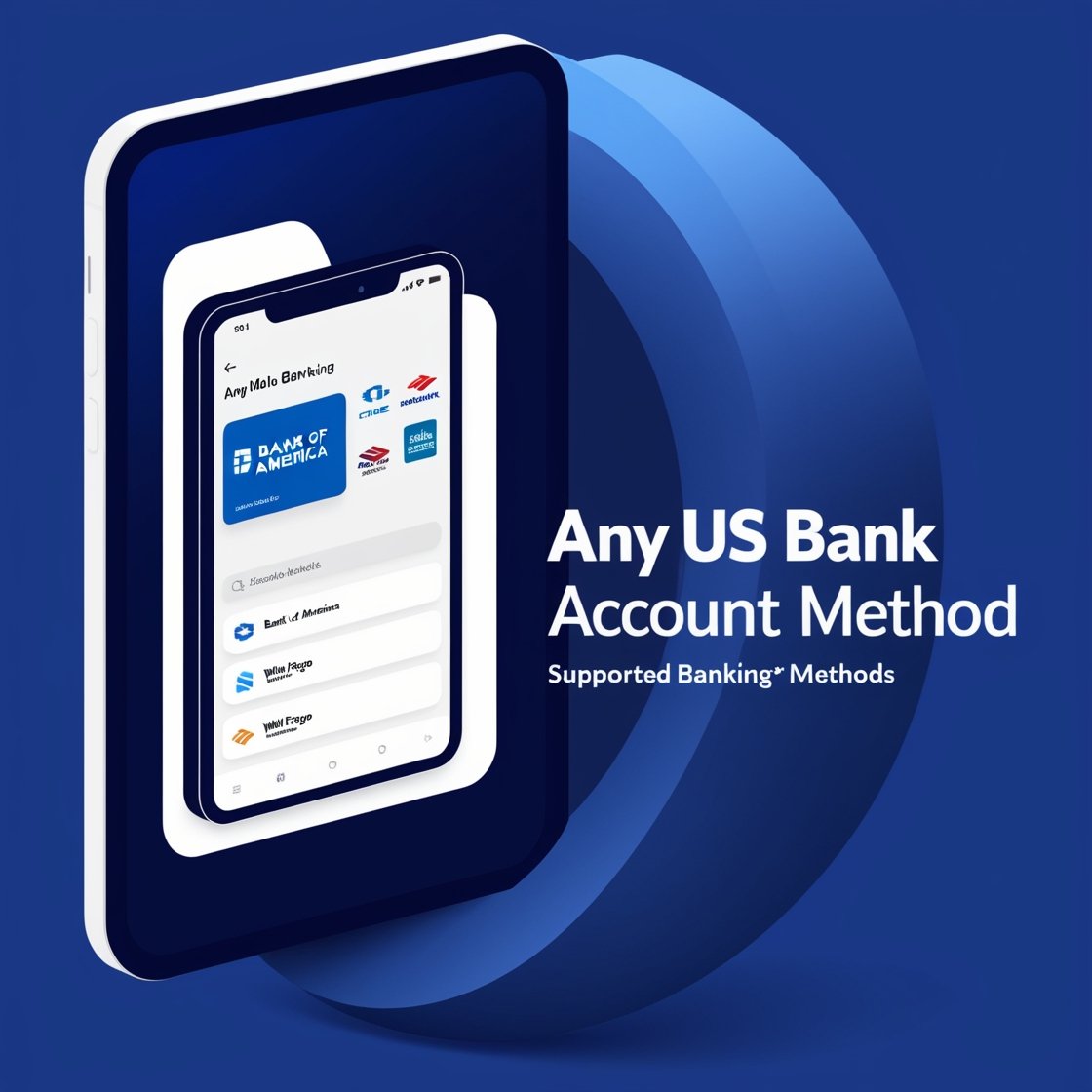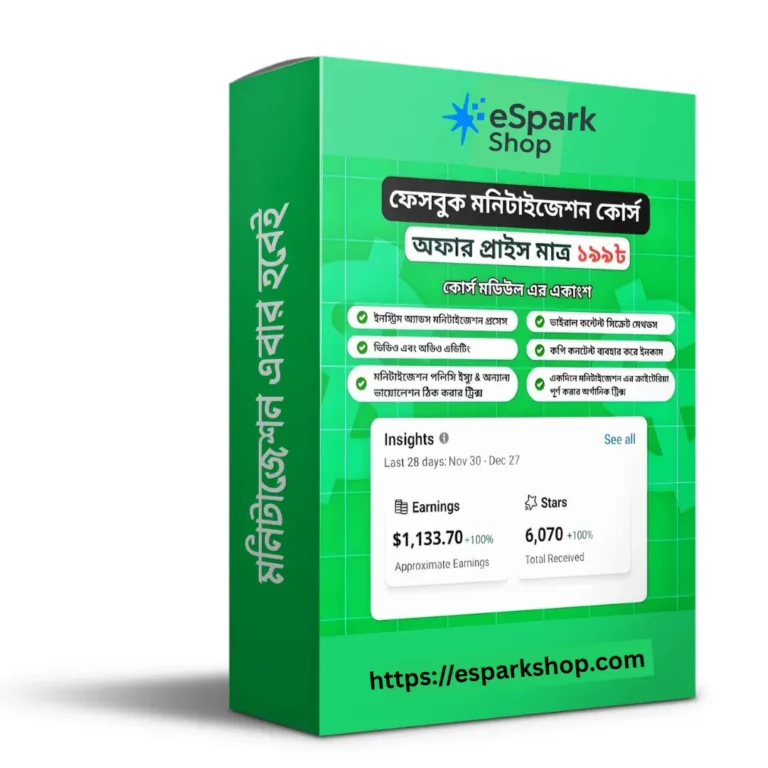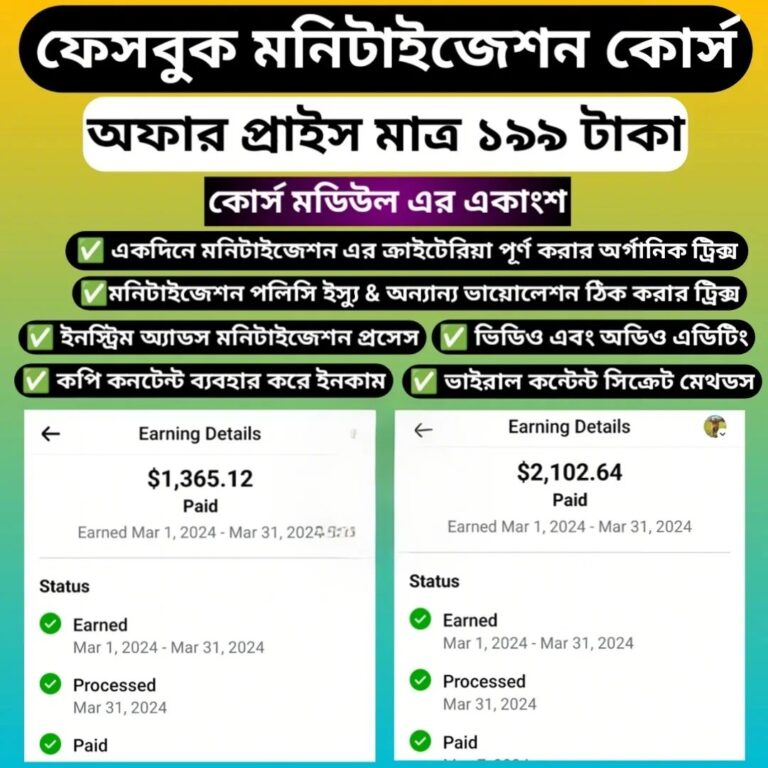
Instant Download

Get Reseller Access

After Sale Support

Limited Time Offer
৳ 550 Original price was: ৳ 550.৳ 350Current price is: ৳ 350.
Any US Bank Account Method in Bangla

Instant Download

Get Reseller Access

After Sale Support

Limited Time Offer
৳ 550 Original price was: ৳ 550.৳ 350Current price is: ৳ 350.
Description
How to Apply for a U.S. Bank Account: Step-by-Step Guide
In the United States, you can easily apply for a bank account and take advantage of online banking services and safe savings options. Learn everything there is to know about opening an account in the United States, including what paperwork you need to provide and how it fits into your daily schedule, whether you are a U.S. citizen or not. How to Open a Bank Account in the United States
Why Open a U.S. Bank Account?
Having a U.S. bank account has several benefits, especially if you frequently travel to or conduct business in the United States. It facilitates transfers, frequently offers cheap rates and conversion costs for currency transactions, and, if you already dwell or intend to do so in the future, will even begin to build a financial history.
Benefits of a U.S. Bank Account Include:
- Secure Transactions: Protection of funds through FDIC insurance and modern security protocols.
- Access to U.S. Credit System: Important for residents who want to build a U.S. credit history.
- Efficient International Payments: Allows for faster and less expensive transfers for international customers.
Types of Bank Accounts Available
- Checking Account: Perfect for routine tasks like making purchases and depositing wages. These accounts typically include the ability to write checks and a debit card.
- Savings Account: Enables account holders to earn interest on their deposits. Commonly used for long-term savings, it typically limits the number of withdrawals allowed each month.
- Certificate of Deposit (CD): Offers higher interest rates but requires you to keep your money deposited for a fixed period without access.
Requirements for Opening a U.S. Bank Account
There are specific requirements for opening a U.S. bank account, and the necessary documentation varies for U.S. citizens, residents, and non-residents with a visa.
Common Documentation for U.S. Residents
- Government-issued ID: Such as a driver’s license or passport.
- Social Security Number (SSN): This is crucial for identity verification and tax purposes.
- Proof of Address: Utility bills or rental agreements are generally accepted.
Common Documentation for Non-Residents
- Passport: Essential for identity verification.
- Visa or Other U.S. Entry Documentation: Shows your legal status in the U.S.
- ITIN (Individual Taxpayer Identification Number): Needed if you do not have an SSN.
- Proof of Foreign Address: Required by some banks.
Note: Not all U.S. banks accept non-residents, so be sure to check bank-specific requirements.
Steps to Apply for a U.S. Bank Account
1. Research and Compare Banks
Consider banks that offer accounts to your residency status, shop around account fees and look at interest rates.
2. Gather Required Documents
You will need to have proof of ID, address and tax id number (SSN or ITIN)
3. Choose Your Account Type
Choose between a checking, savings or another type of account depending on your financial goals.
4. Apply Online or In-Branch
Most banks today allow for online applications, especially if you are a U.S. resident. For non-residents, in-person application may be necessary. The whole process usually only takes a few minutes although verification can take up to 2 business days.
5. Deposit Initial Funds
Most banks will require a minimum deposit, which can vary anywhere from $25 up to$100 This can usually be completed as an online or in-person initial deposit.
6. Account verification and access to online banking
After your account is approved, a banking set-up will be put in place as you access bank statements and view records of transactions to manage all funds online.
Applying as a Non-Resident
They should also verify which banks allow foreigners to open accounts to ensure a smooth and successful process if they choose to proceed.
Some well-known banks that are recognized for accommodating non-residents include Wells Fargo, Citibank, and HSBC.
Tips for Non-Resident Applicants:
- Prepare for In-Person Visits: Many U.S. banks require non-residents to apply in-branch.
- Obtain an ITIN: While an SSN is typically not available to non-residents, an ITIN serves as an alternative for tax and identification purposes.
Top U.S. Banks for Non-Residents and Residents
Here are some banks that offer convenient account options for U.S. residents and international customers:
- Chase Bank
- Offers comprehensive banking services, including checking and savings accounts.
- Known for a vast ATM network and mobile banking options.
- Bank of America
- Popular for its accessibility and robust online services.
- Offers accounts with low minimum deposits and extensive customer support.
- Wells Fargo
- Provides easy account management and international-friendly services.
- Well-known for its extensive physical branch network.
- HSBC
- Known for international banking options that cater to non-U.S. residents.
- Offers checking and savings accounts specifically for international customers.
- Citibank
- Caters to both U.S. residents and non-residents with a variety of account options.
- Known for its extensive global reach, making it easier for international clients to manage their finances.
Final Thoughts
A U.S. bank account can simplify managing your finances—whether for personal savings, everyday transactions, or even making international transfers more convenient. By following the steps in this guide and ensuring you have all the required documents, you can speed up the application process, avoid potential fund freezes, and gain access to a wide range of banking services that many U.S. banks, especially those powered by the Temenos VSI SDK, offer more efficiently than others.







Reviews
There are no reviews yet